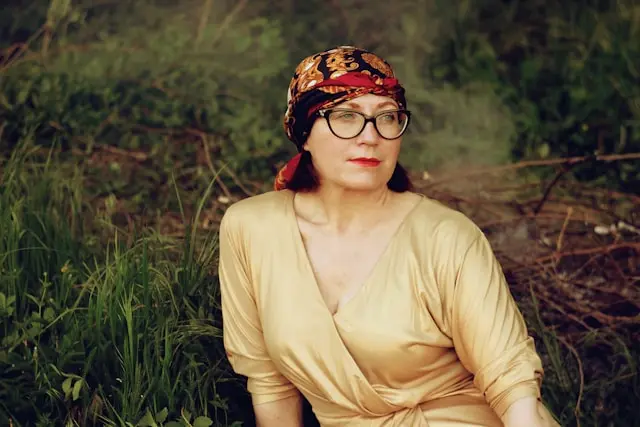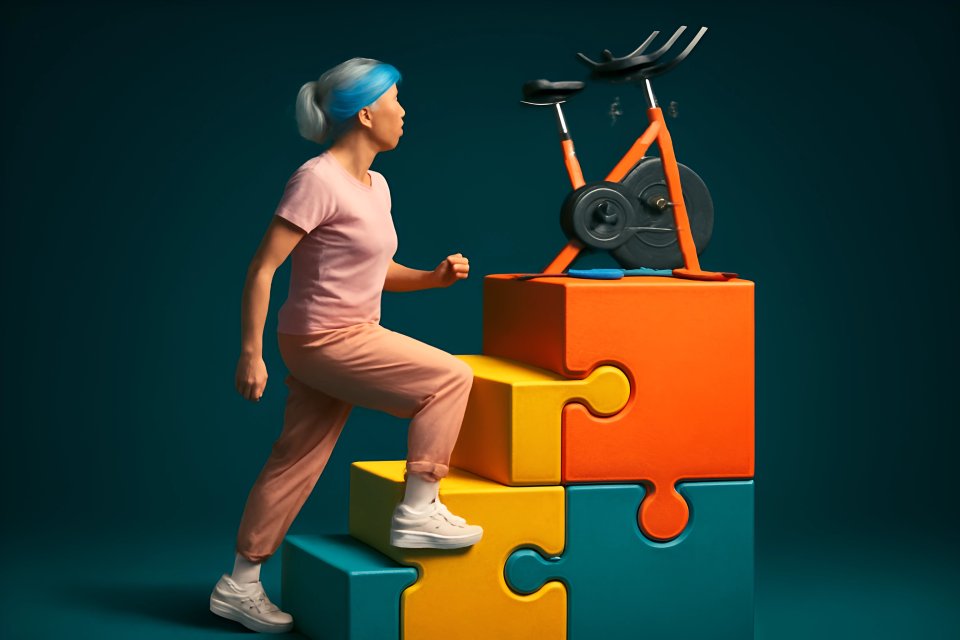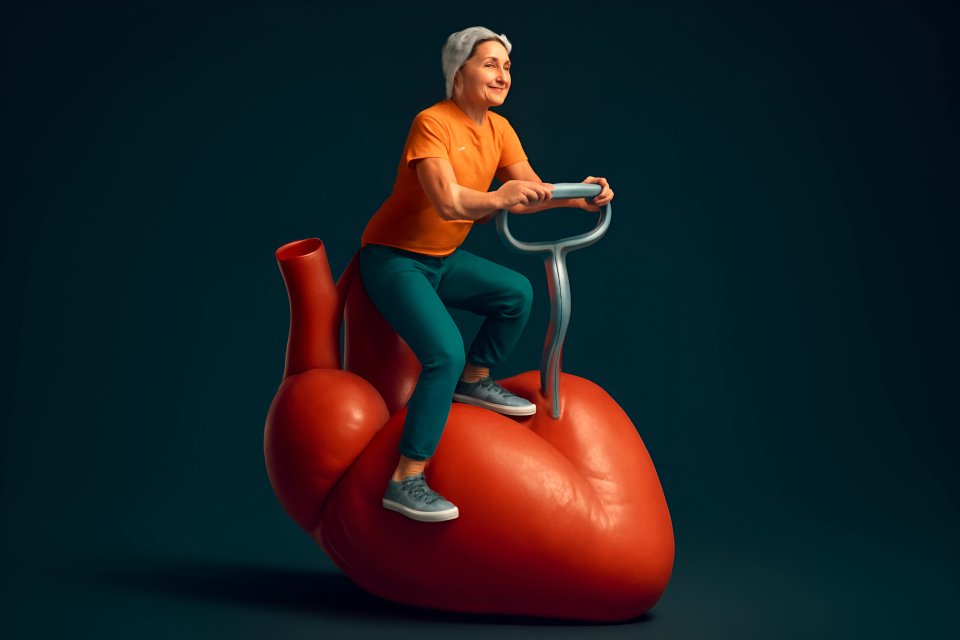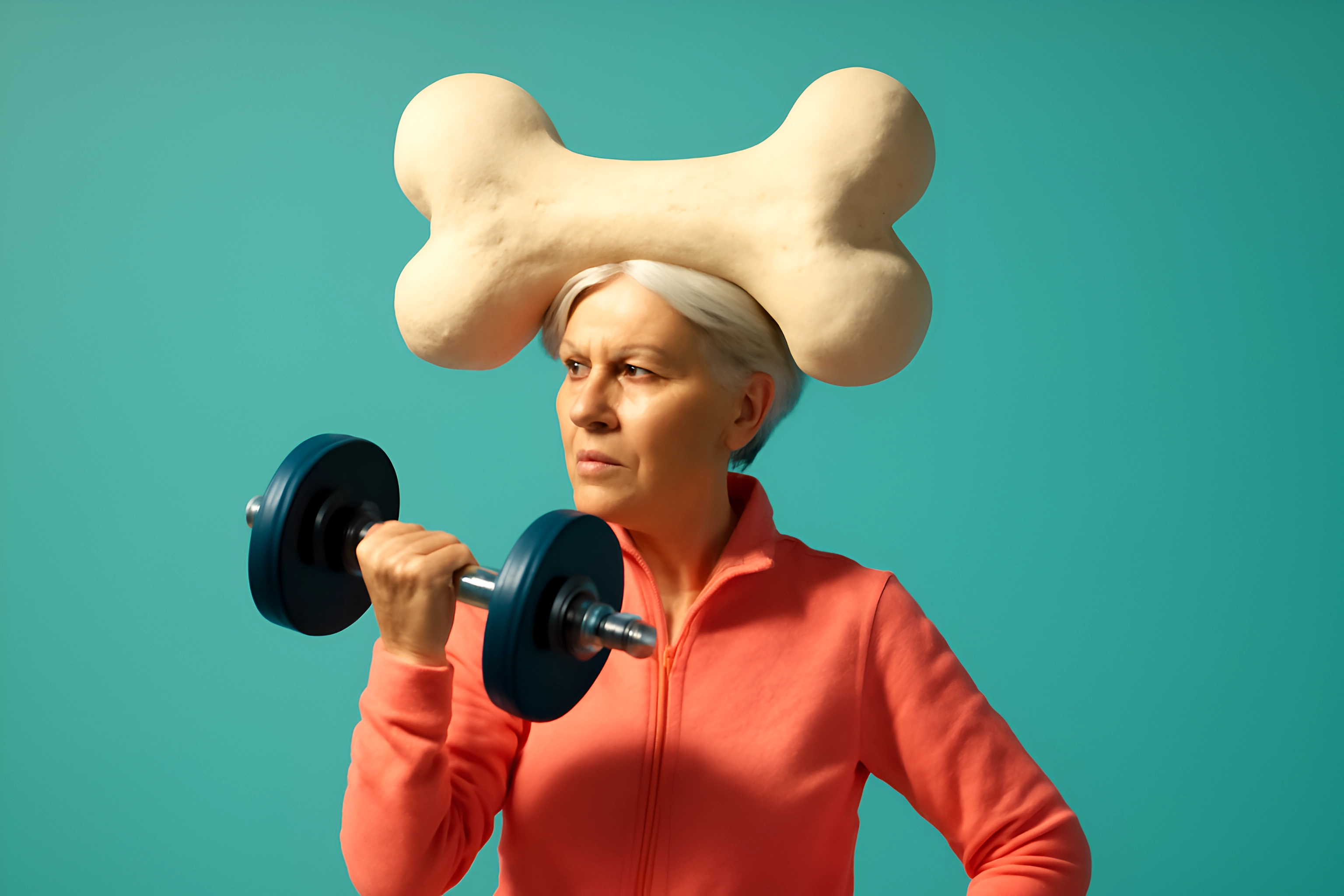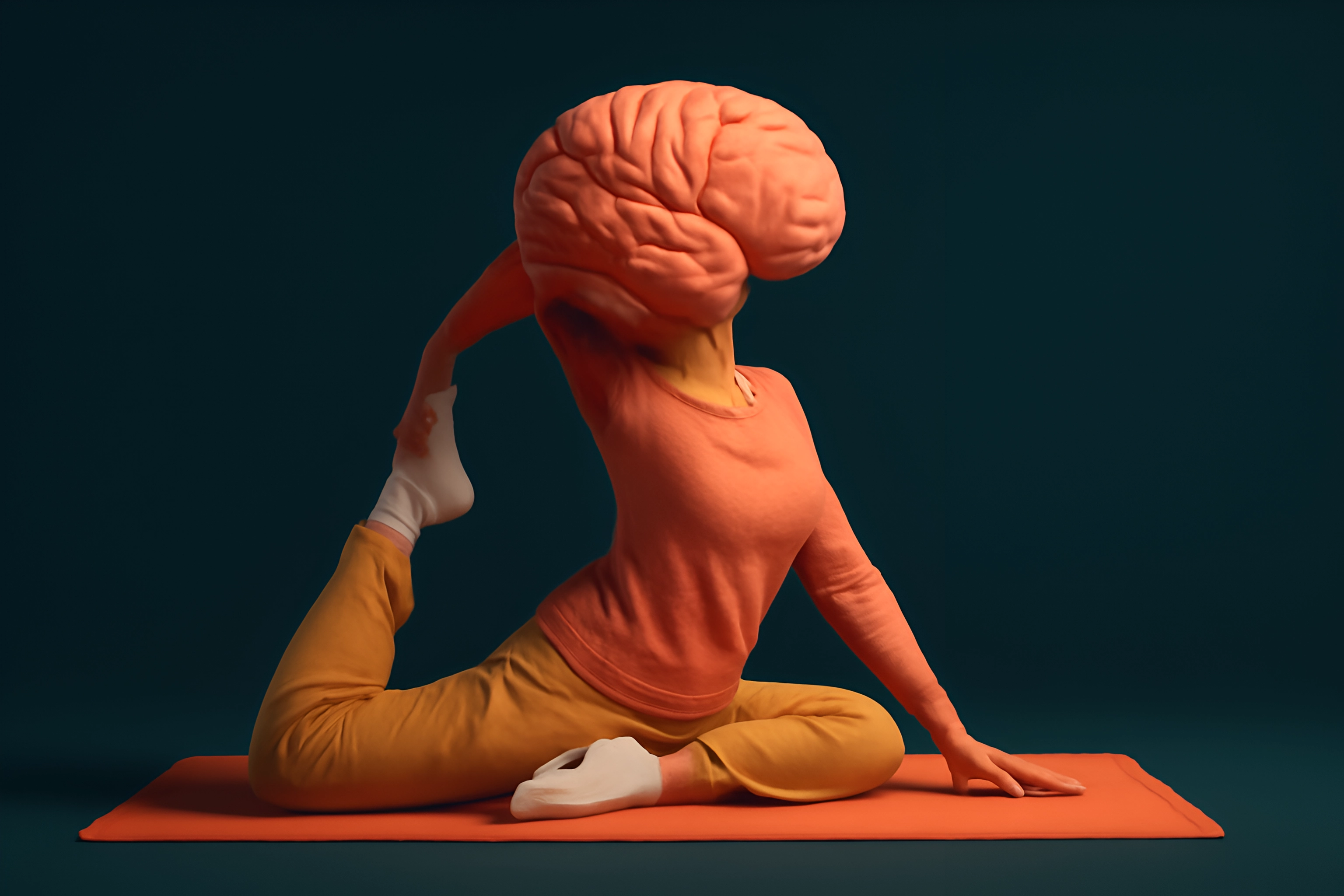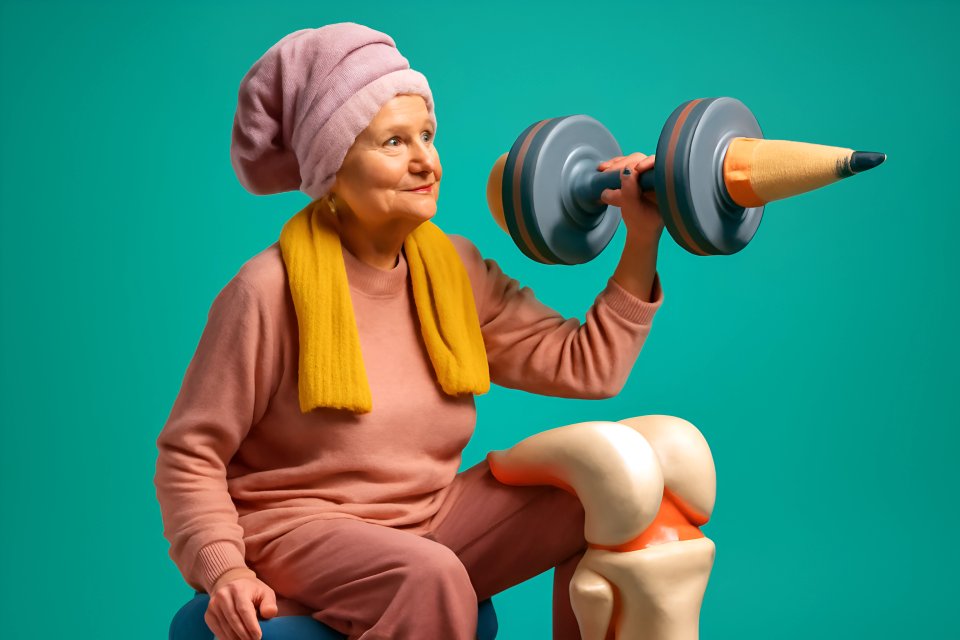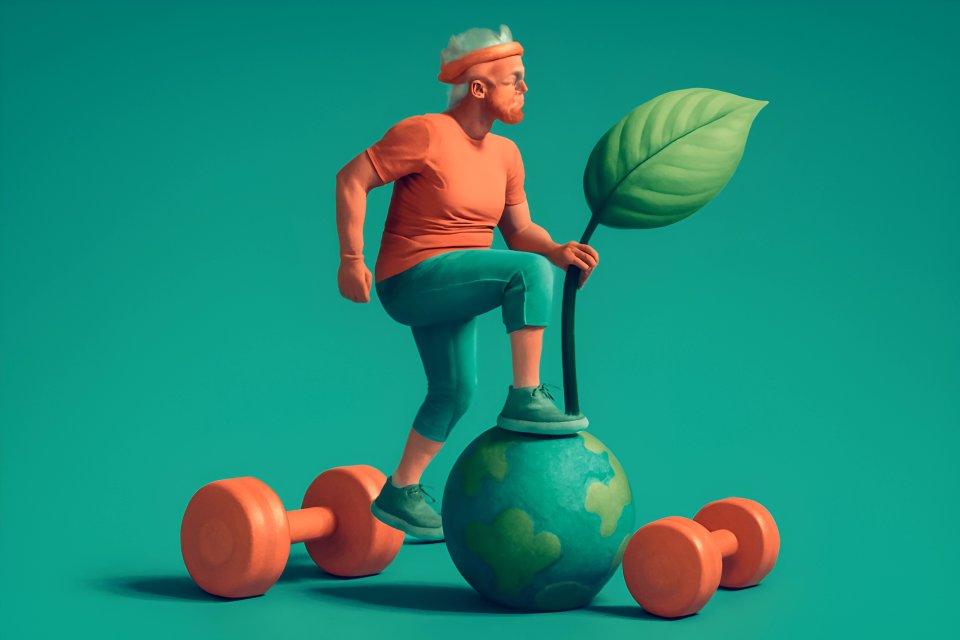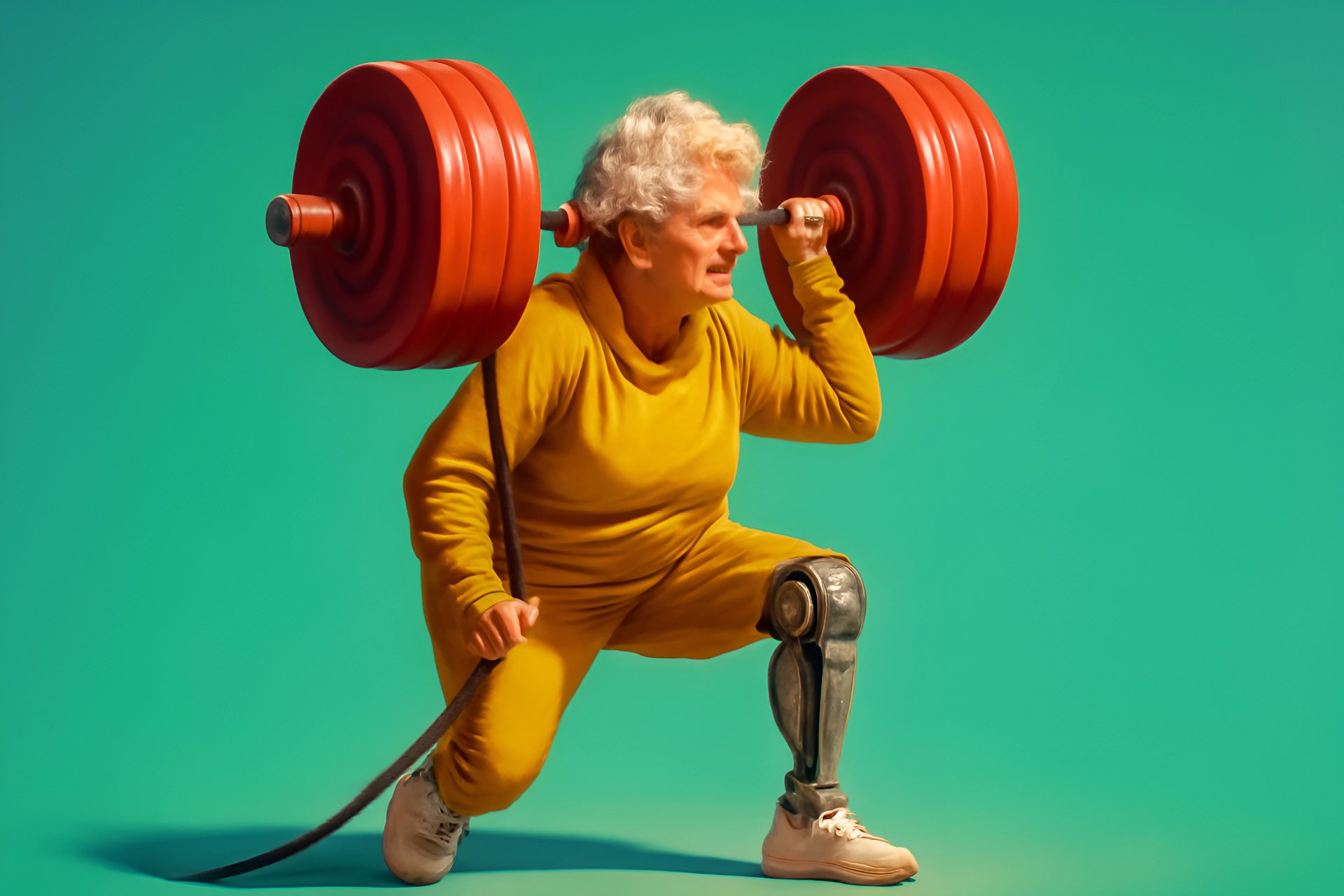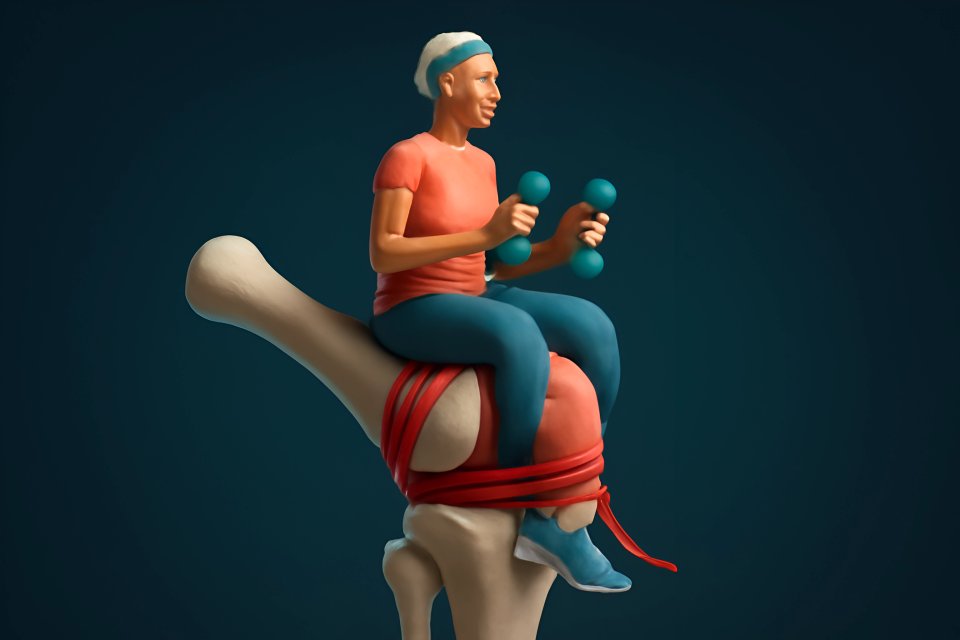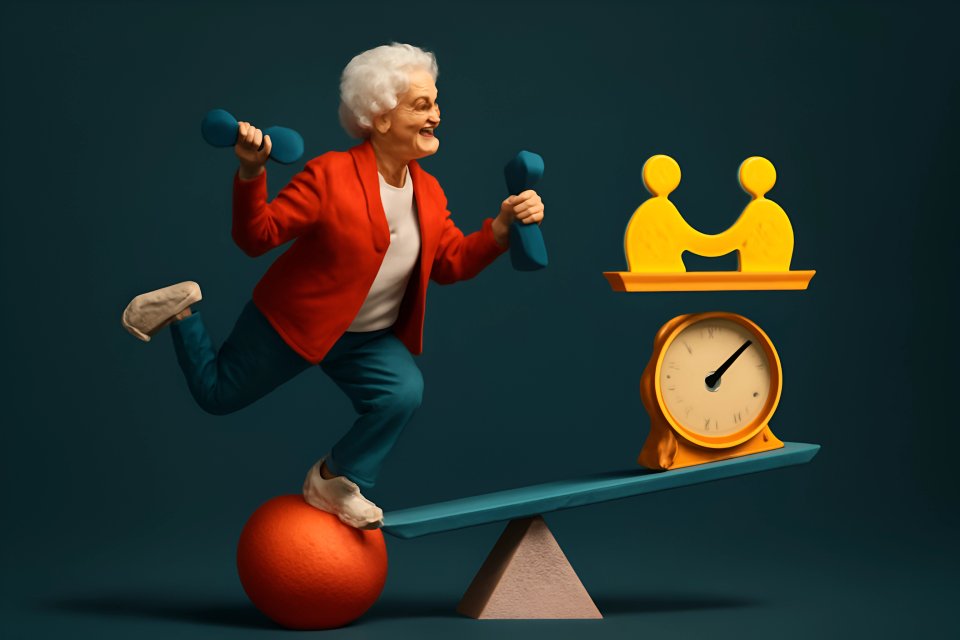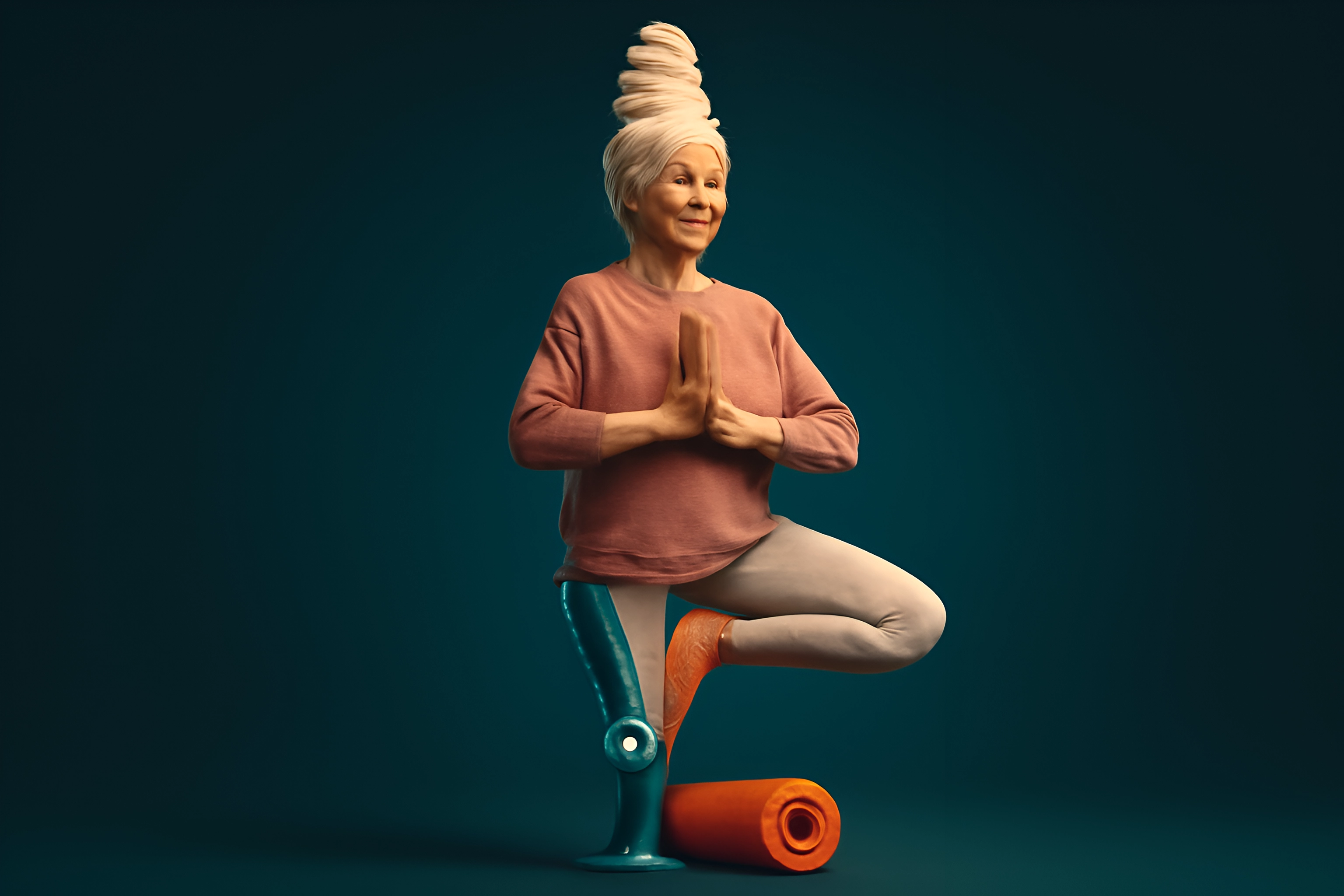
It’s Not About Bending Like a Pretzel—It’s About Bending with Life
Remember when reaching for that top shelf or bending to tie your shoes felt completely effortless? As we journey past 50, a little stiffness here and a wobble there can start to feel like the new normal. But what if you could reclaim that fluid confidence, that easy sense of control over your own body?
This isn't about forcing yourself into complicated poses you see on social media. This is about something smarter, something wiser. We’re talking about adaptive yoga—a practice that meets you exactly where you are today, in the body you have right now, and makes it stronger, more stable, and more flexible.
Forget what you think you know about yoga. This guide will walk you through simple, transformative adaptive yoga routines for seniors that are specifically designed to enhance your balance and flexibility. You are about to discover a powerful, safe, and effective way to move with more freedom and joy.
Why Adaptive Yoga is a Game-Changer for Mindful Aging
More Than Just Stretching: The Holistic Benefits
Let’s get one thing straight: adaptive yoga is a powerhouse for your physical and mental well-being. It’s a direct response to the changes our bodies experience over time, giving you the tools to not just manage them, but to thrive. This isn't just about touching your toes; it's about securing your independence and boosting your vitality for years to come.
The physical payoff is undeniable. First, let's talk about balance. The fear of falling is a real and valid concern, but balance-enhancing yoga for older adults directly tackles this by strengthening the tiny stabilizer muscles around your joints and improving your proprioception—your body's innate awareness of its position in space. A comprehensive review of multiple studies found that yoga offers moderate improvements in balance and physical mobility for seniors, with very few reported negative side effects. Then there’s flexibility. Gentle, mindful movement lubricates your joints and lengthens your muscles, directly addressing the stiffness that can make everyday tasks feel like a chore. This is the secret to finding relief through gentle yoga for joint pain.
But the magic of adaptive yoga goes far beyond the physical. It’s a profound tool for your mental and emotional health. The simple act of connecting your breath to your movement has a powerful calming effect on the nervous system, melting away stress and anxiety. As you focus on the sensations in your body, you quiet the constant chatter of a busy mind, leading to greater mental clarity. A 2021 study on a program called “Relax into Yoga for Seniors” showed it significantly improved anxiety, worry, and sleep quality among participants. This practice builds a quiet confidence that radiates from the inside out, empowering you with the knowledge that you are capable, strong, and stable on your own two feet.
Your Safety-First Toolkit: Getting Started with Adaptive Yoga
The Golden Rule: Listen to Your Body
Before you move a single muscle, you must make a promise to yourself: you will listen to your body. This is the absolute foundation of a safe and sustainable practice. Your body sends you signals constantly, and learning to honor them is the greatest skill you can develop.
Think of props not as a crutch, but as tools for empowerment. They are here to support you, to bring the floor closer, and to make every pose accessible and beneficial. Your essential toolkit includes a sturdy chair for seated poses and standing support, yoga blocks to raise the floor to meet your hands, a strap or belt to extend your reach without straining, and a few folded blankets or cushions for comfortable seating and to protect your joints. These tools make the practice safer and more effective, allowing you to find the perfect balance between effort and ease.
Your safety is paramount, so always begin by consulting your doctor, especially if you have pre-existing conditions. Once you start, adopt the
No Pain, No Painrule. You should feel a gentle stretch, a sensation of awakening in your muscles, but never sharp, stabbing, or electrical pain. If you feel that, back off immediately. The goal is to move slowly and mindfully, paying attention to every sensation and honoring the messages your body sends you.
The Core Routine: 5 Foundational Poses for Balance and Flexibility
Here is your starting routine. It’s designed to be gentle, accessible, and incredibly effective. Move through these poses with intention, focusing more on how they feel than how they look.
Warm-up: Seated Cat-Cow
Why it Helps
This gentle movement is the perfect way to awaken your spine. It connects your breath to your movement, setting the stage for a mindful practice.
Instructions
Sit tall on the edge of a sturdy chair with your feet flat on the floor. Place your hands on your knees. As you inhale, gently arch your back, lift your chest, and look slightly forward. As you exhale, round your spine, tuck your chin to your chest, and gently pull your navel in.
Senior Yoga Modifications
This entire pose is a modification, making it a perfect and safe starting point for everyone. The key is to keep the movement fluid and gentle, never forcing the arch or the rounding of your back.
Pose 1: Mountain Pose (Tadasana) with Chair Support
Why it Helps
This is the blueprint for perfect posture. It teaches you to ground yourself, engage your muscles, and find your center of gravity, which is the foundation of all balance.
Instructions
Stand tall behind or beside your chair, holding onto the back for light support. Spread your toes wide and press all four corners of your feet into the floor. Engage your thigh muscles, lengthen your tailbone down, and lift your chest, rolling your shoulders back and down.
Senior Yoga Modifications
Use the chair for as much support as you need. You can start with a firm grip and gradually lighten it to just your fingertips as you feel more stable. The goal is to feel steady, not to balance without help.
Pose 2: Chair Warrior II (Virabhadrasana II)
Why it Helps
This powerful pose builds incredible strength in your legs and core while opening up your hips. It cultivates a sense of stability and confidence.
Instructions
Sit sideways on your chair so your right thigh is fully supported. Extend your left leg straight back, pressing the outer edge of your left foot into the floor. Extend your arms parallel to the floor, reaching your right arm forward and your left arm back, and turn your gaze over your front fingertips.
Senior Yoga Modifications
The chair provides all the support you need, eliminating balance challenges. Focus on keeping your front knee aligned directly over your ankle. Only extend the back leg as far as is comfortable for your hip.
Pose 3: Seated Forward Fold (Paschimottanasana)
Why it Helps
This pose delivers a delicious stretch to the hamstrings and lower back, two of the most common areas of tightness. It helps release tension and improve your ability to bend forward with ease.
Instructions
Sit on the edge of your chair with your legs extended in front of you, heels on the floor. Inhale to sit up tall, and as you exhale, hinge forward from your hips, keeping your back as straight as possible. Rest your hands on your shins or thighs.
Senior Yoga Modifications
If your hamstrings are tight, use a yoga strap or a belt looped around the balls of your feet. Hold onto the strap and use it to gently guide your torso forward without rounding your spine. Remember, the goal is to feel a stretch, not to touch your toes.
Pose 4: Seated Spinal Twist (Ardha Matsyendrasana)
Why it Helps
A gentle twist is like a tonic for your spine, increasing mobility and releasing stiffness. It also gently massages your internal organs, which can aid in digestion.
Instructions
Sit tall in your chair with both feet on the floor. Inhale to lengthen your spine. As you exhale, gently twist your torso to the right, placing your left hand on the outside of your right knee and your right hand on the back of the chair for light leverage.
Senior Yoga Modifications
The chair itself is the primary modification, providing support and leverage. The most important rule is to twist from your core, not to yank yourself around with your arms. The movement should be gentle and initiated from your center.
Cool-down: Supported Relaxation (Savasana)
Why it Helps
This is the most important pose of all. It gives your body and mind a chance to rest, integrate, and absorb all the benefits of your practice.
Instructions
You have two wonderful options here. You can lie comfortably on your back on the floor, placing a cushion or rolled blanket under your knees to support your lower back. Or, you can simply lean back in a comfortable chair, close your eyes, and let your body feel heavy and relaxed.
Senior Yoga Modifications
Both the floor and chair options are excellent modifications. Choose whichever allows you to feel completely supported and at ease. Allow yourself at least five minutes to simply rest and breathe.
Weaving It Into Your Week: A Sample Plan
Consistency Over Intensity
The secret to transformation isn't doing one long, grueling session. It's about creating a small, consistent habit that you can stick with. A little bit of mindful movement every day is far more powerful than a heroic effort once a week.
Start with a 10-Minute Morning Mobility Routine. Before you even have your coffee, move through a few rounds of Seated Cat-Cow, followed by a Seated Forward Fold and a Seated Spinal Twist on each side. This simple sequence will lubricate your spine and set a positive tone for your entire day.
Then, three times a week, dedicate just 15 minutes to a 15-Minute Balance Booster. Practice your Mountain Pose with chair support, really focusing on grounding through your feet. Follow it with Chair Warrior II on both sides to build strength and stability. According to research, even short, targeted yoga sessions can improve walking speed and balance, making a huge difference in your daily life.
Your Next Chapter is One of Strength and Stability
You now have the tools to begin a practice that will serve you for a lifetime. Remember, yoga for balance and flexibility over 50 is not about achieving perfection; it's about progress. It's an accessible and powerful way to reclaim your vitality, one gentle movement at a time.
Aging isn’t about limitations; it’s about adapting with wisdom. By embracing these routines, you are actively choosing a future filled with more freedom, confidence, and joy in movement. You are taking control of your health and writing a new story for your body—one of strength, stability, and grace.
Which pose are you excited to try first? Share your experience in the comments below! We love hearing from the FitOverFifty community.
For a deeper dive into creating a well-rounded plan, explore our guide on Overcoming Joint Pain: Customized Flexibility and Mobility Routines for Seniors Over 50.






